A Logical Approach - Practical Tracking for the LEO (Part 1)
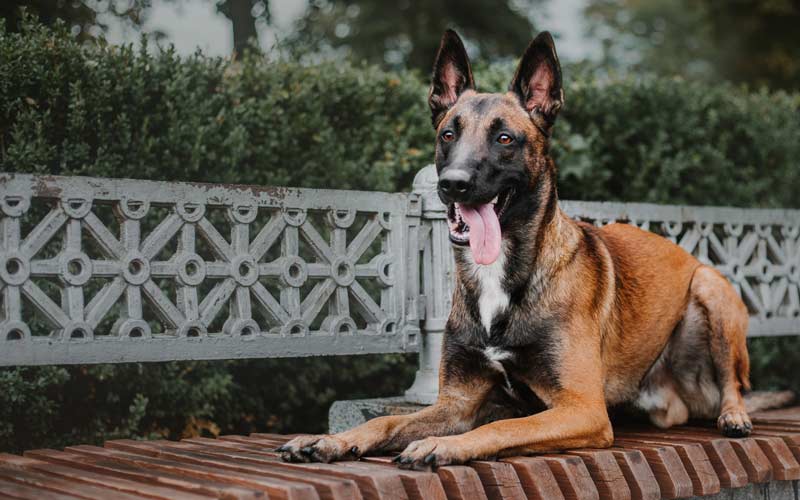
Foreword by Ed Frawley
I met Kevin Sheldahl in 1984 at a police K-9 school in Kansas. We have been good friends ever since. Kevin is a retired police K-9 handler. He became a K-9 Instructor and an International Police Dog Judge. Kevin's company K-9 Services runs 6-week police K-9 courses in which police officers learn how to become new K-9 handlers. To date, he has run 70 6-week courses and trained over 1,200 K-9 handlers. I don't know of another dog trainer that has Kevin's experience and knowledge of police service dogs training.
Thought I would post something that was discussed in one of my courses recently. That is practical tracking verses impractical approaches. To do that I have to define what is practical. Given the time available for multi-purpose police dog handlers to train a multitude of behaviors, and the need to testify about the training and performance of the tracking dog used in law enforcement this approach fills those needs.
Tracking should be based on following the odors created by the passage of a human through a given environment. I think that most people would agree on that point. In using this foundation the solution to the dog's attempts to follow that track should be based in the origin of the track, whether that be crushed vegetation, disturbance in the dirt or sand, or various organic acids deposited along the course of the track. Other odors are fleeting, wind blown, and science has shown them to not persist in the environment. So, training should focus on these facets of track morphology. Yes, there are theories of things called rafts and their breakdown in the environment, yet no science (unless you use surgical suite studies and translate them to tracking/trailing ) in whether a dog smells them, let alone uses them to follow a track. So, given these facts I begin dogs in a similar fashion to IPO, that is on known footprints. Usually heavily baited footprints at that. This is done until a strong association is made with footprints and reinforcement. It should be noted that at this point doing this style of training for a practical tracking dog may defy its genetics. We can classify dogs along a continuum from a footprint to footprint dog (this dog finds its quarry and wonders why someone is standing in its track!) a street tracking dog (this dog is open to other possibilities and will move left and right down a track, exploring various odors emanating from it) then there is the street trailing dog (this dog is consistently down wind of the actual track, head higher than the other two and often fringes the edges of the odors flowing away from the track) these are genetic attributes that occur variably in dogs. Once this early stage is completed….which means the dog understands putting its head down and tacking track scent under direction, the rituals associated with beginning tracking, and can focus on the task for several minutes, it is time to change the reward system!
Tracking with food is cumbersome, it develops focus and understanding, yet no drive to get there, work out problems, and hunt for the track and articles. Yes, I know IPO tracking continues with food sometimes forever. But the IPO dogs are not allowed to leave the track, hunt on the track, loose and regain the track, or back up and rework a track. All these behaviors must come into being to make a good practical tracking dog. This is best accomplished by increasing the dogs energy level and intensity towards the track. So backing up the track length and difficulty and adding toys (usually tugs) initially at the end, weaning away the food, then adding multiple toys at varying intervals and increasing distance/crosstracks/difficulty/and age (all in variable measures and one change at a time) can result in a very functional tracking dog.
The goal is to be able to assign a dog a track and for that dog to stick it out regardless of contamination and under reasonable condition handle age, climate, and terrain. They do this by returning to the source of the track under conditions where they struggle…in other words with good handling they return to putting their head down and seeking out the path of the perpetrator. This keeps the dog from chasing odor down alleys, around corners where it has been blown, and down valleys and washes and basically running the handler into places where he/she cannot recover the track.
This is a goal that can be accomplished within the confines of normal training. With area search, building search, apprehension, obedience, and often detection work on the handlers' plates and only about 6-8 hours a week to train (many places as few as 16 hours per month!!!).
Next: Adding evidence search to tracking and expanding the dog's view of problem solving along the track.




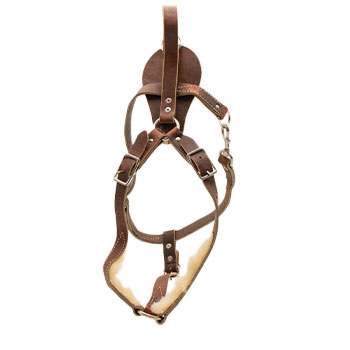


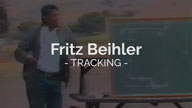
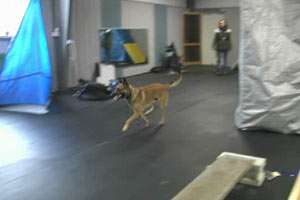
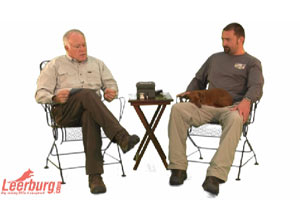
Ask Cindy.